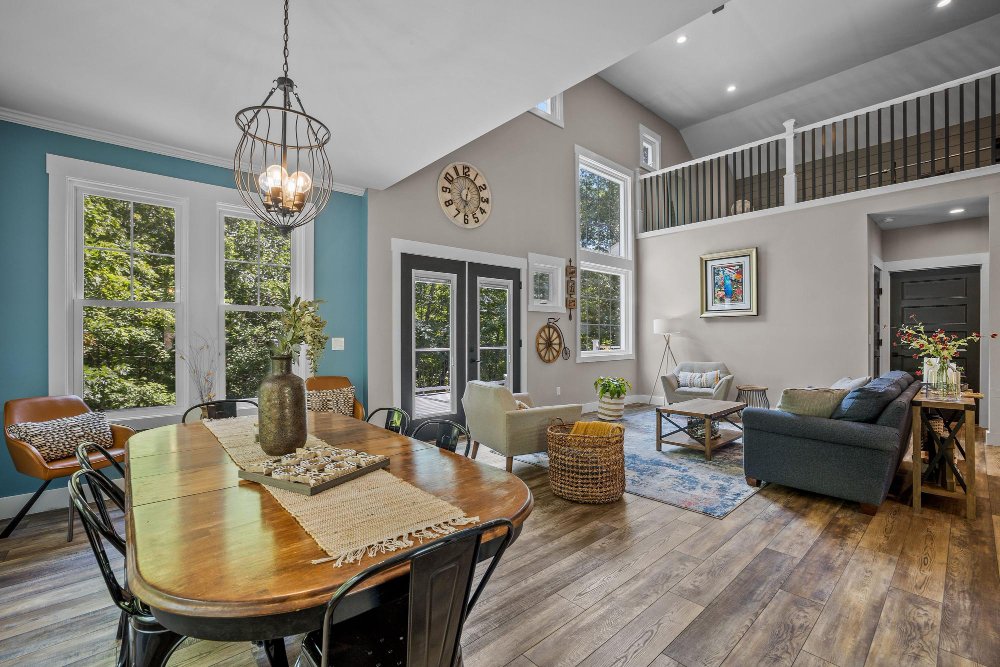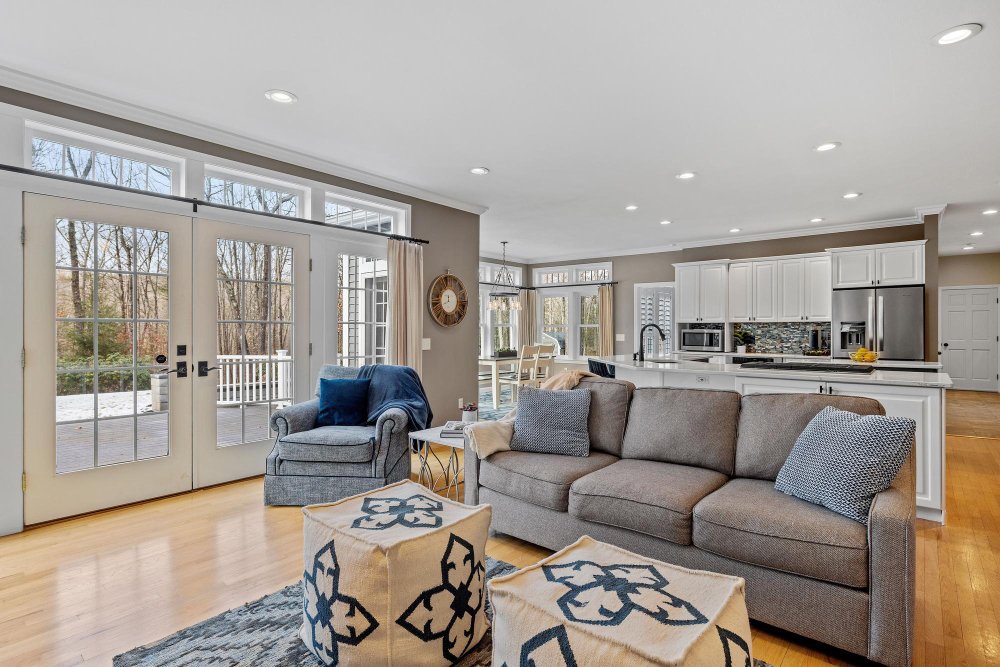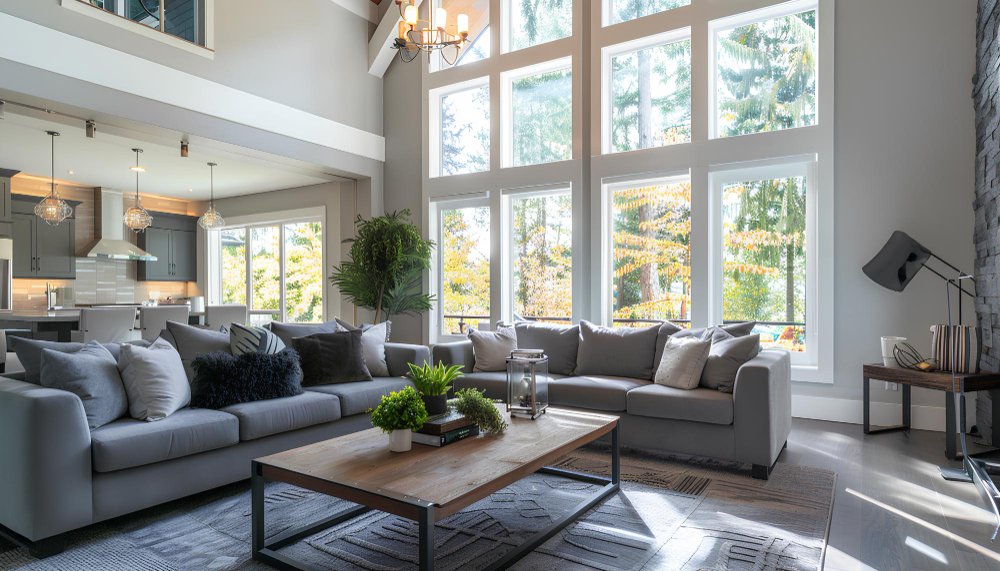Renovations are exciting but can quickly become overwhelming when costs spiral out of control. With careful planning and smart strategies, you can transform your space without exceeding your budget. Here’s a step-by-step guide to planning a renovation that’s both cost-effective and impactful.
Step 1: Set a Realistic Budget
Why It Matters:
A well-defined budget serves as your financial roadmap, preventing overspending.
How to Do It:
- Evaluate Your Finances: Determine how much you can afford to spend without compromising your savings.
- Research Costs: Investigate average costs for materials, labor, and permits in your area.
- Add a Cushion: Allocate 10-15% of your budget for unexpected expenses.
Example: If your budget is $10,000, reserve $1,500 for contingencies.


Step 2: Prioritize Your Needs
Why It Matters:
Focusing on essentials helps allocate funds to areas with the most impact.
How to Do It:
- Create a Wish List: Include all potential changes, from must-haves to nice-to-haves.
- Rank Projects: Prioritize items based on functionality and aesthetic value.
- Focus First: Address structural issues or outdated systems before cosmetic upgrades.
Pro Tip: A modernized kitchen or bathroom often provides the highest return on investment
Step 3: Explore Cost-Saving Options
Why It Matters:
Small adjustments can significantly reduce expenses.
How to Do It:
- Repurpose Materials: Refinish cabinets or repurpose old furniture instead of buying new.
- DIY Where Possible: Paint walls, install backsplash tiles, or assemble furniture yourself.
- Shop Smart: Look for discounts, outlet stores, or online marketplaces for materials.
Example: A second-hand lighting fixture can cost a fraction of its retail price and still look stunning.int.

Step 4: Plan for Efficiency
Why It Matters:
Efficient scheduling saves time and money.
How to Do It:
- Create a Timeline: Outline each phase of the renovation and its duration.
- Bundle Tasks: Combine similar projects to reduce labor costs.
- Order Early: Avoid delays by purchasing materials and securing contractors in advance.
Pro Tip: Communicate with contractors regularly to ensure the project stays on track.
Step 5: Avoid Common Pitfalls
Why It Matters:
Staying informed prevents costly mistakes.
How to Do It:
- Don’t Overspend on Trends: Choose timeless designs to ensure longevity.
- Avoid Scope Creep: Stick to your original plan to prevent unnecessary additions.
- Vet Contractors: Check reviews and references before hiring professionals.
Pro Tip: Get multiple quotes to ensure fair pricing..
How to Choose Custom Cabinetry for Restaurants: Expert Tips for Success
How to Choose the Perfect Kitchen Flooring: Essential Tips
How to Plan a Renovation Without Breaking the Bank
Step 6: Track and Adjust
Why It Matters:
Monitoring expenses keeps your budget in check.
How to Do It:
- Use Budgeting Tools: Apps like HomeZada or spreadsheets can help track costs.
- Review Regularly: Compare expenses against your budget weekly.
- Adjust as Needed: Reallocate funds if unexpected expenses arise.
Example: If plumbing costs exceed expectations, cut back on decor spending.
Conclusion
Planning a renovation doesn’t have to be financially stressful. By setting clear priorities, exploring cost-saving measures, and closely monitoring your budget, you can achieve your dream home without breaking the bank. Start small, plan smart, and watch your vision come to life!



